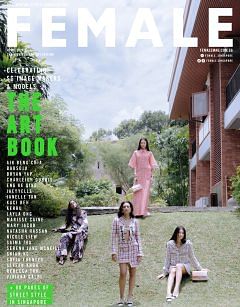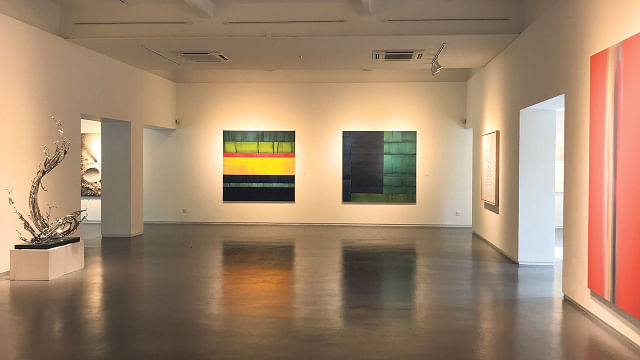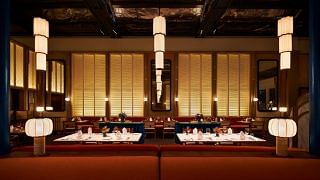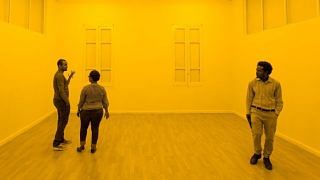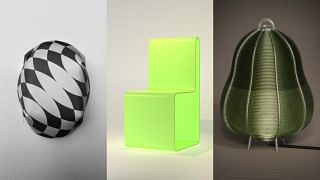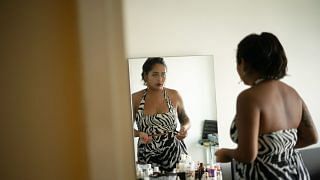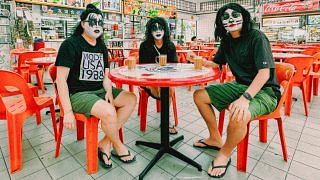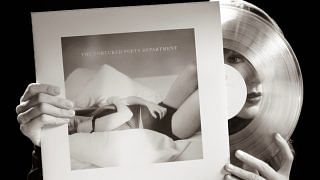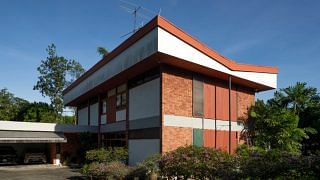When Gillman Barracks reopened recently, gallerists had quite a bit cleaning to do. There were cobwebs, lizard droppings and ant infestations. There were strange eggs and scratch marks on low-lying objects. Fortunately the artworks were largely left alone – as if the natural inhabitants of the forest located next to the barracks had also developed a respect for contemporary art.
The news of galleries being allowed to reopen on June 19 lifted the spirits of every art lover. Last weekend saw more visitors than usual, as many came to placate their pent-up desires to look at art. At NTU Centre For Contemporary Art, for instance, there were over a dozen visitors in various rooms at one point, sitting one meter apart from each other, patiently absorbing lengthy video works. At other galleries, visitors were gazing at paintings and installations more intently than they usually do.
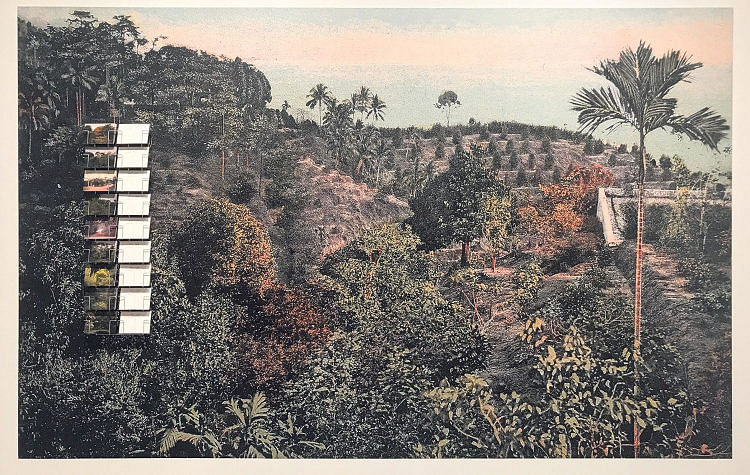
Some of the galleries were still closed because they were busy installing new works, after their schedules were pushed back by more than 10 weeks. But the galleries that were open continued to showcase strong and exciting work.
Read More: The Artling Has A New Program To Support Local Artists And Galleries
At Mizuma Gallery, for instance, there is a surprisingly apropos exhibition about man’s relationship to nature. Titled The Seeds We Sow, it features works by four Singaporean artists: Ang Song Nian, Robert Zhao Renhui, Zen Teh and Marvin Tang.
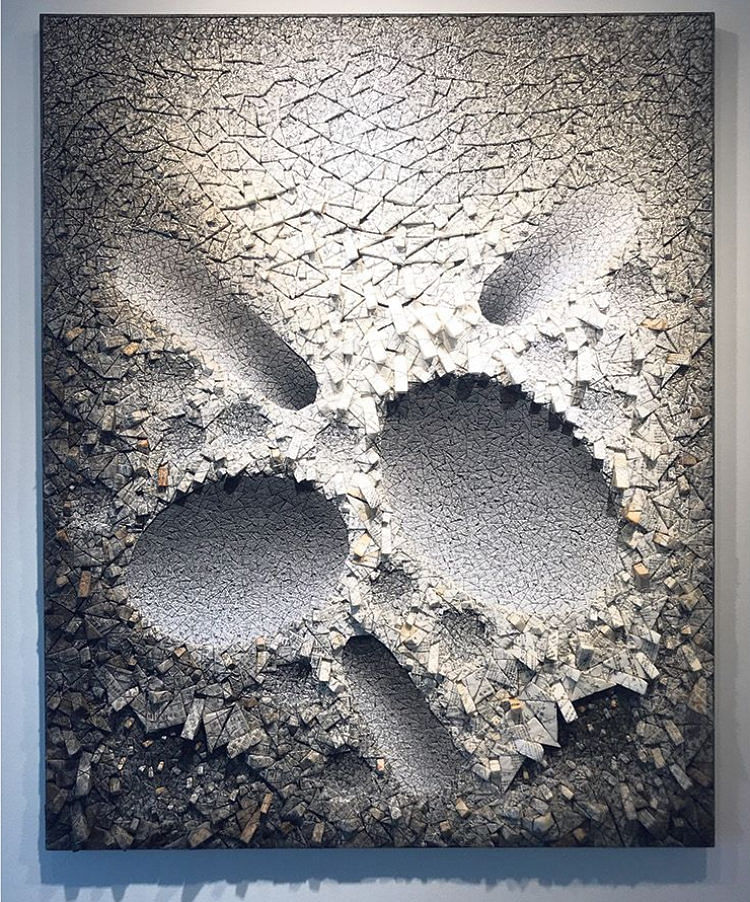
At the centre of the gallery is Ang’s installation consisting of hundreds of brown plant pots, arranged in varying heights such that they resemble an undulating hilly landscape – a wry comment on man’s frequent attempts at recreating natural environments through artificial means.
Read More: What’s Inspiring Our Creatives And Artists In These Tough Times?
Meanwhile, Zhao has a series of photographs depicting a hermitage of thrushes and a monitor lizard playing with a water-filled container that has been left behind in a forest. Nature and its inhabitants do not care if an object is man-made. They will invade and claim anything as their own – just as they had briefly left their marks in the buildings of Gillman.
Figures & Abstracts
At Ota Fine Arts, the gallerists were preparing for a solo show of paintings and drawings by Japanese artist Tomoko Kashiki. Kashiki has an extraordinarily light touch.To create a painting, she first covers a wooden panel with a linen cloth, then carefully applies layer after layer of acrylic paint, before finally sanding down the surface. The resulting image has a soft and gossamer quality, as if it would fade at any moment. The technique complements her subjects: She typically paints surreal tableaus of people in strange environments.
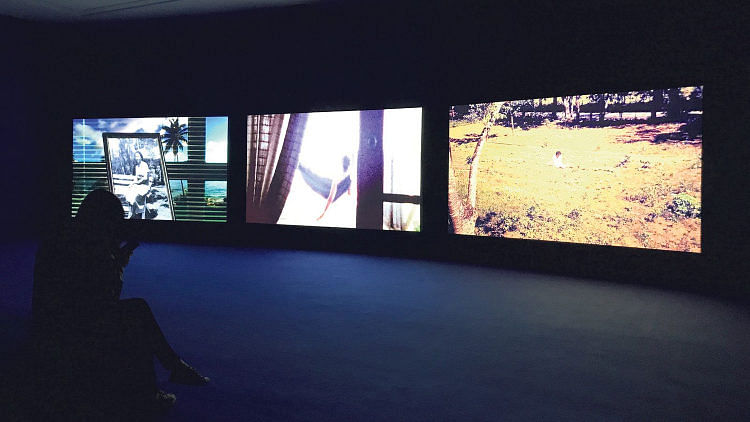
Across the road from Ota is Sundaram Tagore Gallery (main image), which has once again put out an excellent group show for its annual Singapore Summer Show. There are several beautiful wall sculptures by Korean artist Chun Kwang Young made out of thousands of triangular forms wrapped in mulberry paper. There are also some traffic-stopping abstracts by Mexican artist Ricardo Mazal and American artist Miya Ando.
Read More: Things To Check Out From Home: An Interactive Akira Exhibition, CSM Grad Show & More
But the work that may interest Singaporean art lovers more may be Jane Lee’s painting, which the gallery has deliberately hung near the door, so it’s the first thing you see. Lee, whose works sell for five to six figures, is famous for her explorations into the possibilities of painting. And for this painting titled Golden Field (2020), she has cut the canvas into long flat strips, treated them with acrylic paint, and then reconstituted them as a plane of chaotic looping strips.
Post-Colonial Pictures
At the farthest end of Malan Road, there is Richard Koh Fine Art, NTU CCA and Yeo Workshop. Richard Koh is currently showing Burmese artist Wah Nu’s solo exhibition titled Clouds. It comprises several paintings of clouds floating against a flat plane of colour – an expression of buoyancy and simplicity. But fans of Burmese art may wish to return to gallery on July 17 when there will be a group show curated by former Singapore Art Museum curator Louis Ho and featuring the who’s who of the scene such as Aye Ko, Aung Ko, Htein Lin, Nge Lay, Soe Yu Nwe, Tun Win Aung as well as Wah Nu.
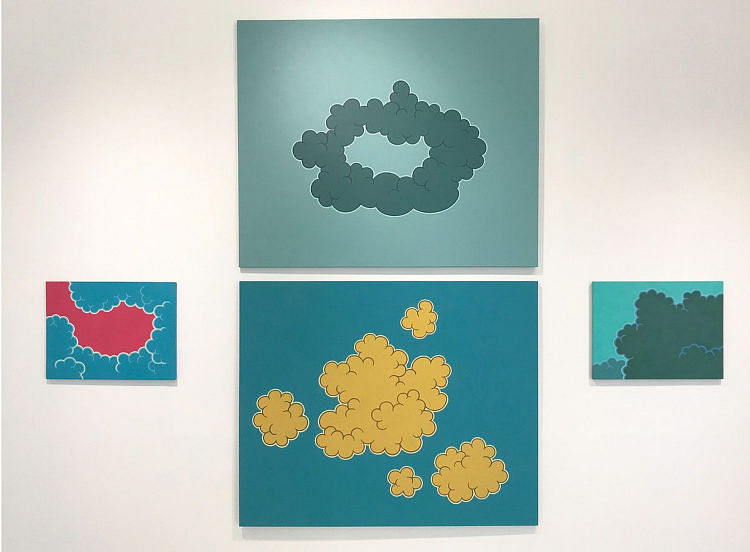
But the best exhibition in Gillman, as always, was at NTU CCA, where its founding director Ute Meta Bauer has curated three film works by acclaimed artists John Akomfrah, Naeem Mohaiemen and the Otolith Group. The pioneering British filmmaker Akomfrah is showing a three-screen film installation chronicling the life and ideas of cultural theorist and political activist Stuart Hall. The Turner Prize-nominated Mohaiemen’s three-screen film explores the consequences of Bangladesh’s historical shift from socialism to Islamism in the 1970s, while Otolith Group looks at African-American novelist Richard Wright’s first trip to Africa.
Each of these works explores the process of decolonisation on a national or individual level, or both, highlighting the many journeys of post-colonial struggles over the decades. If you’re pressed for time, NTU CCA should be your first stop.
Photos Helmi Yusof
This article first appeared in The Business Times.
